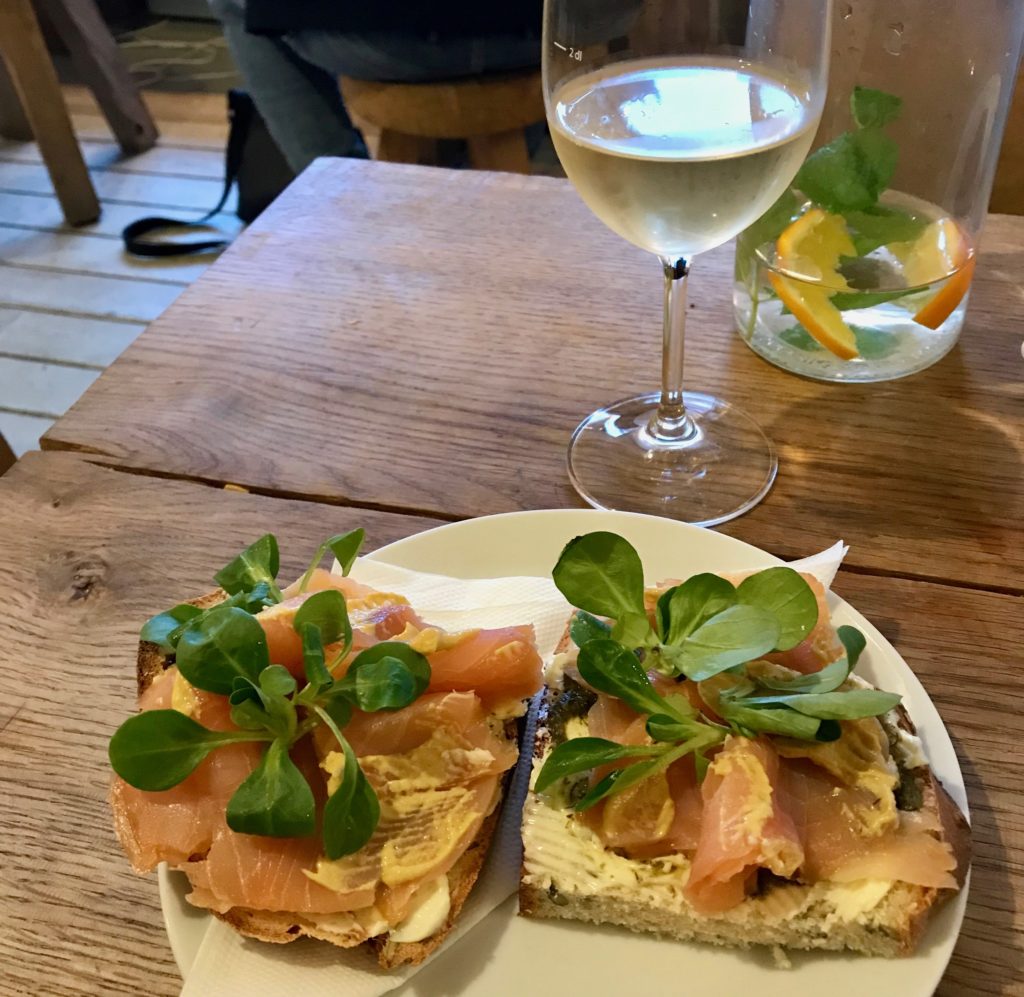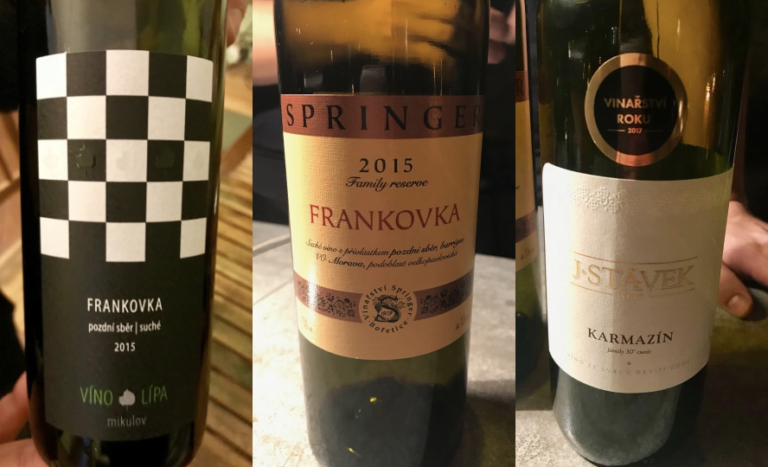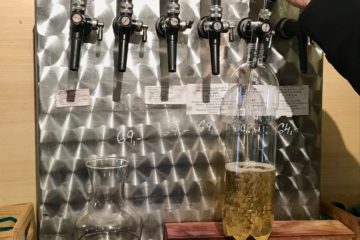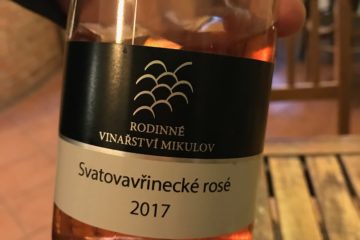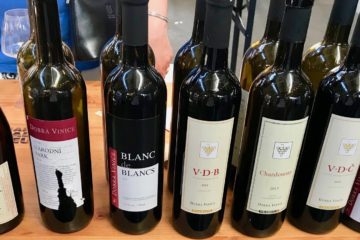Moravia,
Czech Republic
Where is Moravia?
Moravia is located about 2.5 hours southeast of Prague and an hour north of Vienna, Austria. To easily explore the region you can stay about 45 minutes north in Brno, a lively university city with ample transportation. Or, base yourself in one of the quaint towns below. For the latter, you should rent a car to visit hidden vineyards and many other historic sites.
Traversing the area is nonetheless still possible without a vehicle. Head to CD.CZ for all train and bus information. English is not as common outside of the major cities, so try and learn a few key travel words ahead of time.
History of Moravia
Unlike Czech beer, it’s very hard to find many Czech wines outside of the country. There are numerous reasons for this. While there are actually 18,000 wineries (more than double that of North America), most are tiny and family owned. Many of the best expressions are allocated to establishments in cities like Prague and Brno, and the rest typically consumed locally or sent to Slovakia. Whites far exceed the reds in terms of quality and production size. This makes sense considering the proximity to Austria and cool climate growing conditions.
Like many European wine regions, Moravia’s history is long and Roman. What’s most interesting is its more recent history. The Austrian Liechtensteins, who called Moravia home from the 13th century through WWII, planted vineyards and implemented winemaking regulations that brought a new level of sophistication to Moravian wine industry. They went on to build massive underground cellars and caves, now a major tourist draw. After WWII, the Czech state ousted them and 3 million other German speakers, purging wine appreciation along them.
With the Communist nationalization of property and businesses, wineries were forced to replant with high yielding grapes to make cheap bulk wine via coops. This low quality wine was distributed to bars and restaurants and vintners could keep some grapes for themselves. This was perhaps the most important factor in the continuation of family winemaking traditions.
After the fall of communism, land re-privatization and tourism gave the area a boost, paving the way for its current trajectory. South Moravia’s position in the shadow of the Iron Curtain helped it to recover more swiftly once the cloak was lifted. Wine production often reflects quality of life for everyday citizens and is but a microcosm of the state of affairs at any point in history. This couldn’t be more true for South Moravia.
Moravian Wine Towns
Mikulov
A town essentially built by wine, Mikulov has arisen on its vines once again. Stop by Rodinné Vinařství winery or the wine bar Vinarske Centrum to taste a variety of local wines for great prices. If hungry, I recommend Kuk Bistro, a very quaint cafe with delicious food, wine and baked goods. There are numerous art galleries, wineries, churches and the Mikulov Castle to check out as well.
Valtlice
Head to Valtlice to visit Chateau Valtlice’s tremendous wine cellar dating back to 1430. From May to October you can tour the cellars and try some of the 100 Moravian wines available at the Wine Salon. Brno locals recommended this to me, but sadly it was closed when I was there. Thanks to its Roman past, Valtlice is also home to two Viticulture schools and the Moravian Vintners Union.
Lednice
Known for the Lednice Chateau dating back to 1222, this UNESCO World Heritage town makes for a great day trip or stop while visiting nearby Valtlice or Mikulov. The Chateau also features 77 sprawling sq. miles of botanical gardens (Czech’s largest park), lakes, the Dyje river and an aqueduct. If the sites don’t relax you, stop by a spa or bathhouse before you leave town. Ten minutes away, Velke Bilovice is home to over 1,000 winemakers, so take advantage of their rotating open cellars program May – September to really get your fill.
Znjomo
This ancient postcard town on the edge of the Podyjí National Park and the Dyje River is a great choice for nature and wine lovers alike. Numerous castles, villas, churches and an extensive underground await your exploration before or after wine tasting in the nation’s first official wine appellation (VOC). Producing top Sauvignon, Gruner Veltliner and Riesling, you won’t be disappointed!
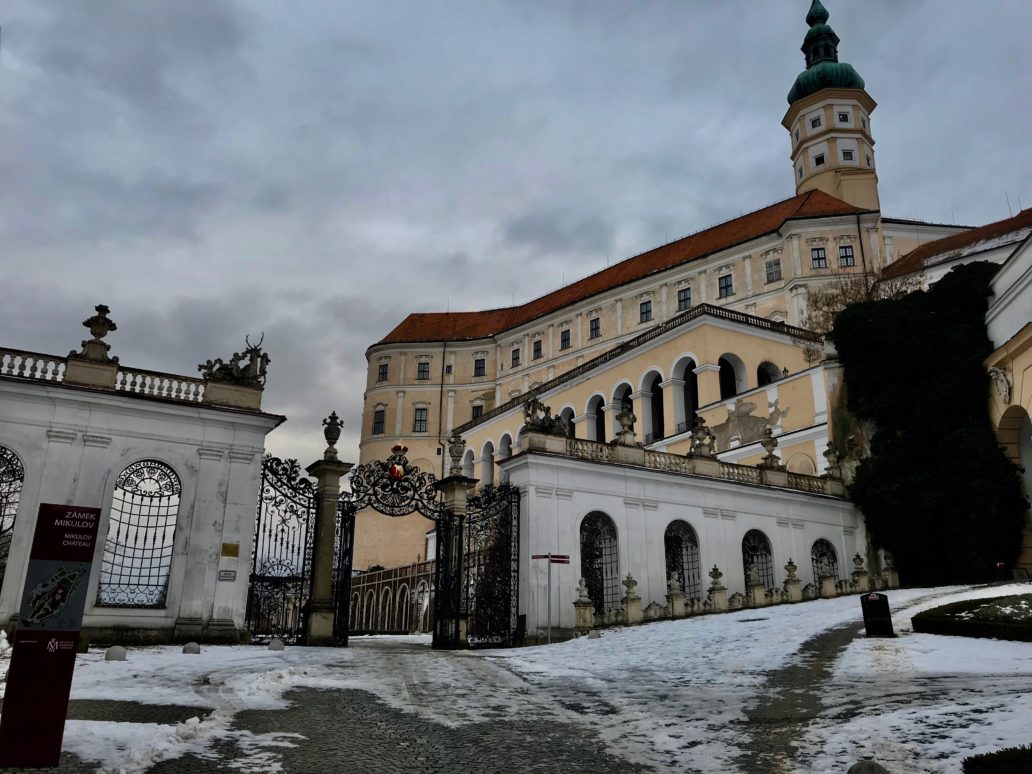
Today in Moravia
While dry wines are the norm these days, be sure to still read the description and look for “suché” or dry, if you don’t want to imbibe semi or sweet wines. These winemaking families have fought hard to regain their footing post-communism and certainly deserve more attention and praise. I expect the whites to rival those of Austria, Hungary and Germany in the next decade. Below I’ve listed some of the most characteristic varietals, but there are also French and other international grapes doing very well in Moravia.
Moravian Wines
White Wine (Víno Bilé )
Veltlínské Zelené (Gruner Veltliner) – This native Austrian grape is light and easy drinking, typically meant to drink young. Try a refreshing and top example from one of Moravia’s renowned female winemakers at Rodinné Vinařství Mikulov.
Ryzlink Rýnský (Rhine Riesling) – Meatier than Gruner, but also with great acidity, Rodinné’s Riesling delivers typical elements of stone fruits and floral honey.
Pálava – Perhaps the most interesting, this native grape made both dry and semi-sweet, can only be found in CZ. Officially named Pálava in 1977, for the UNESCO protected limestone formations it grows on, is a hybrid dating back to 1953 when Josef Veverka crossed Müller Thurgau and Gewürztraminer. The 2015 Vinarské Volarik dry Pálava I tried was straw gold and with only 8 grams of residual sugar, this expression showcased ripe fruit notes, a medium body and balancing citrus finish. Unsurprisingly, the aromatics are very pronounced and lovely.
Cuvée – While I normally seek out single varietals, Dobrá Vinice does an excellent job with their Narodni Park Cuvée. A balanced and crisp blend of Müller Thurgau, Welsch Riesling and Riesling, it’s an affordable and versatile entry into Czech whites from a highly respected, nearly zero intervention winemaker in Znjomo. I highly recommend trying all of their wines.
Red Wine (Červené Víno)
Frankovka Pozdní Sběr (Blaufränkisch Late Harvest) – A typical and easy drinking medium body red often also found in Austria, Croatia, Slovakia and central European countries. Some lean towards fresh and fruit driven while others have spicy and rich characteristics. I enjoyed both a lively 2015 expression from Vino Lípa as well as a deeper, complex 2015 Springer Frankovka Reserve, aged for 12 months in new barriques.
Modry Portugal (Blue Portugal) – Thought to be from Austria, this lighter bodied grape is often blended with Frankovka and Saint Laurent to create interesting and highly quaffable blends or Cuvées as they’re known in the Czech Republic. I really enjoyed this marriage of all three varietals in the rustic and unfiltered J. Stavak Karmazin Cuvée from 2015.
Svatovavřinecké (Saint Laurent) – The most widely planted red varietal, this hearty grape can stand up on it’s own, with or without wood and blend nicely with the aforementioned reds. Said to hail from Austria and rumored to be a cousin of Pinot Noir, it displays similar aromatic, floral and dark fruit qualities. It actually reminded me of of Lagrein from Italy’s Alto Adige.
